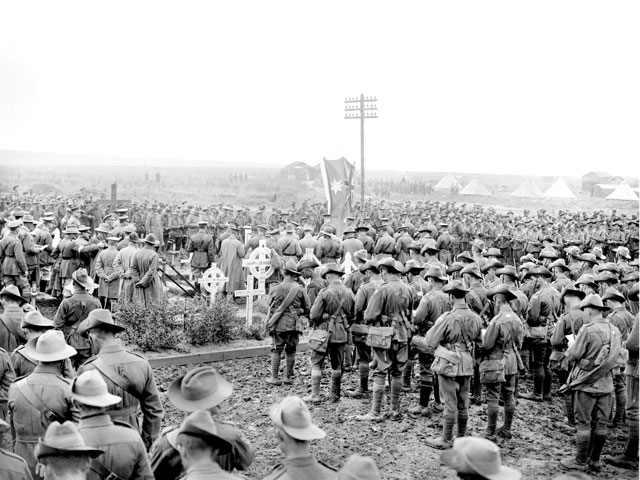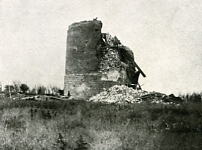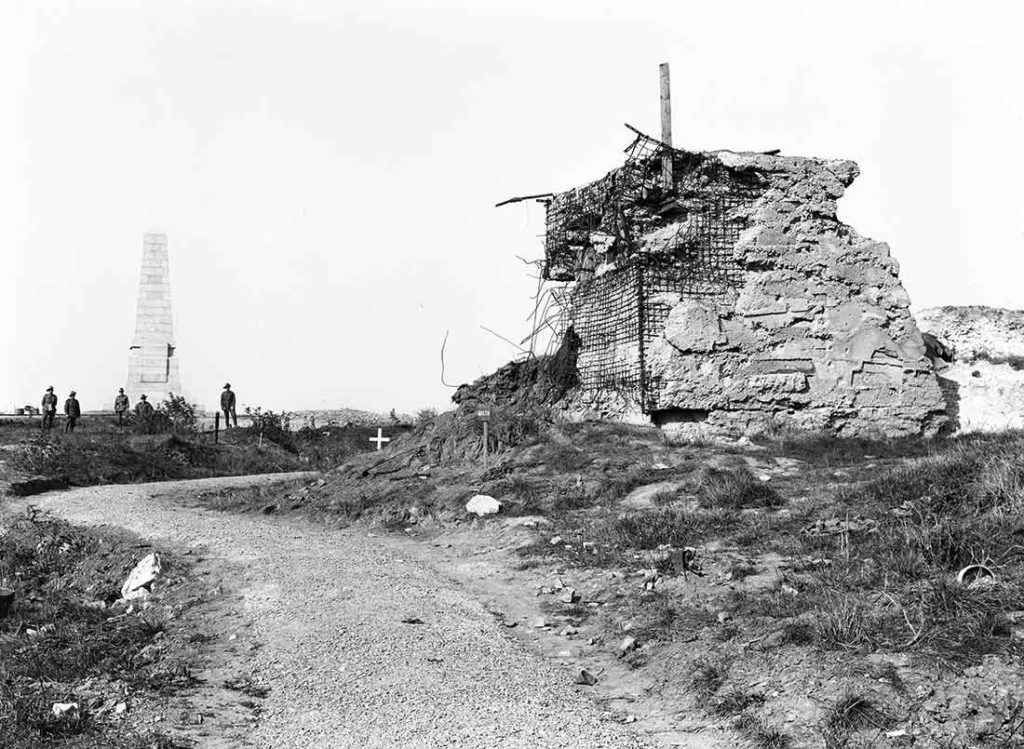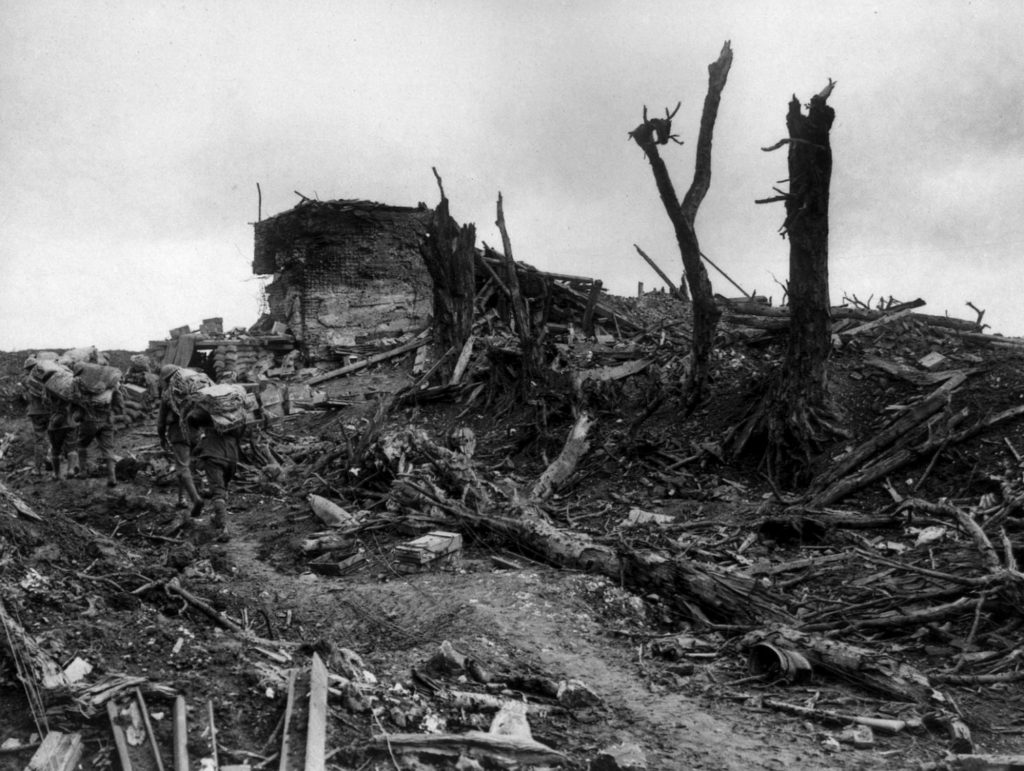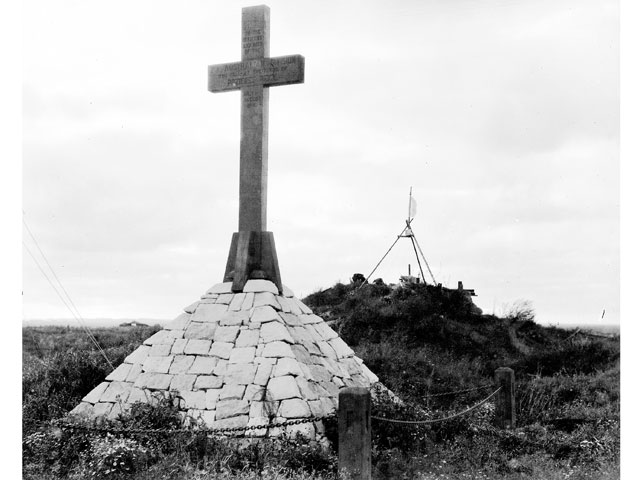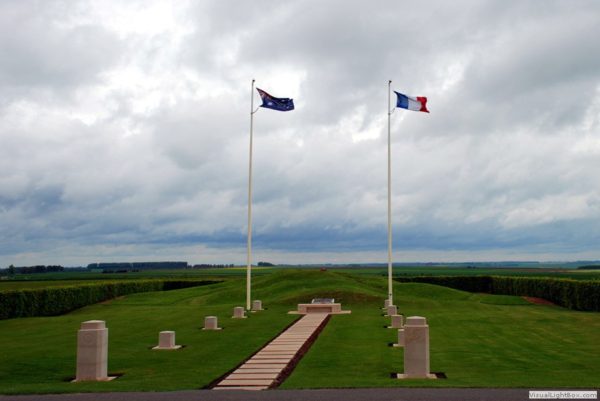July 23, 1916: Well if Fromelles hadn’t killed you, Pozières surely would have.
“Pozières, a small village in the Somme valley in France, was the scene of bitter and costly fighting for the 1st, 2nd and 4th Australian Divisions in mid-1916 defending France against the invading Hun along The Western Front during World War I.
The village was captured initially by the 1st Division on 23 July 1916. The division clung to its gains despite almost continuous artillery fire and repeated German counter-attacks but suffered heavily. By the time it was relieved on 27 July it had suffered 5,285 casualties.
The 2nd Division took over from the 1st and mounted two further attacks – the first, on 29 July, was a costly failure; the second, on 2 August, resulted in the seizure of further German positions beyond the village. Again, the Australians suffered heavily from retaliatory bombardments. They were relieved on 6 August, having suffered 6,848 casualties.
The 4th Division was next into the line at Pozieres. It too endured a massive artillery bombardment, and defeated a German counter-attack on 7 August; this was the last attempt by the Germans to retake Pozieres.”
Australian War Memorial website
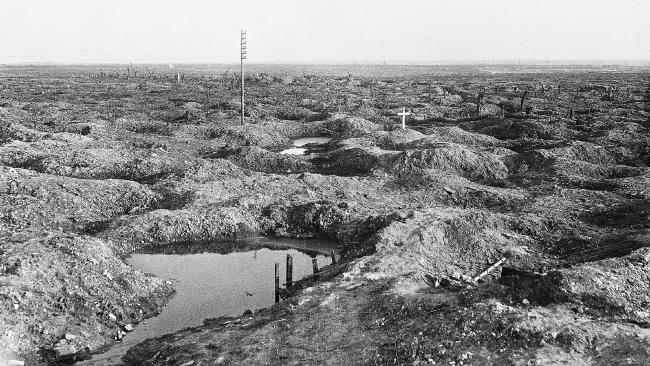 Blown to bits: The ruins of Pozières after the battle. The lonely grave is that of Captain Ivor Margetts, 24, from Wynyard, Tasmania. The cross was dislodged by shellfire soon after the photo was taken. He was killed on July 23, 1916.
Blown to bits: The ruins of Pozières after the battle. The lonely grave is that of Captain Ivor Margetts, 24, from Wynyard, Tasmania. The cross was dislodged by shellfire soon after the photo was taken. He was killed on July 23, 1916.
But one of the war’s most iconic photographs, depicting a cratered moonscape with a small white cross in the distance, conveys the sacrifice made by up to 550 Tasmanians during one of Australia’s costliest campaigns.
According to historian Sir Basil Henry Liddell Hart, the 12th Battalion’s [Tasmania and Western Australia] leadership came under heavy criticism for “impetuous desire for quick results” and “lack of thought” seen as a contributor to high casualty rates. Soon afterwards Australian troops voted overwhelmingly against conscription.
Mr Gracey said: “To compound the loss for Australia, 4112 men were never found or identified after the battle and still lie in the fields of Pozières.’’
Legacy of a French Windmill
The Windmill site at Pozières was established as an Australian memorial in the 1930s at the suggestion of Australia’s official war historian, Charles Bean, because ‘The Windmill site … marks a ridge more densely sown with Australian sacrifice than any other place on earth’.
Over seven weeks in 1916, at the Battle of the Somme, the Australian Imperial Force suffered 23,000 casualties, more than 6700 of whom died, in the countryside around the Windmill.
On 11 November 1993, soil from the Windmill site was cast over the coffin of Australia’s Unknown Soldier during his funeral at the Australian War Memorial in Canberra.
